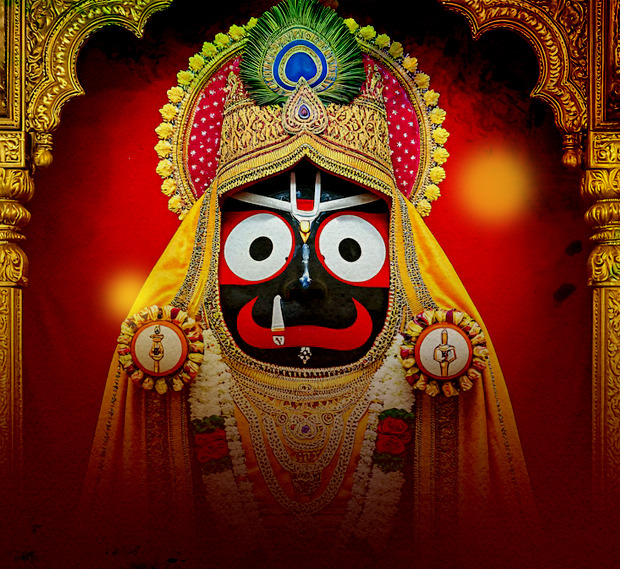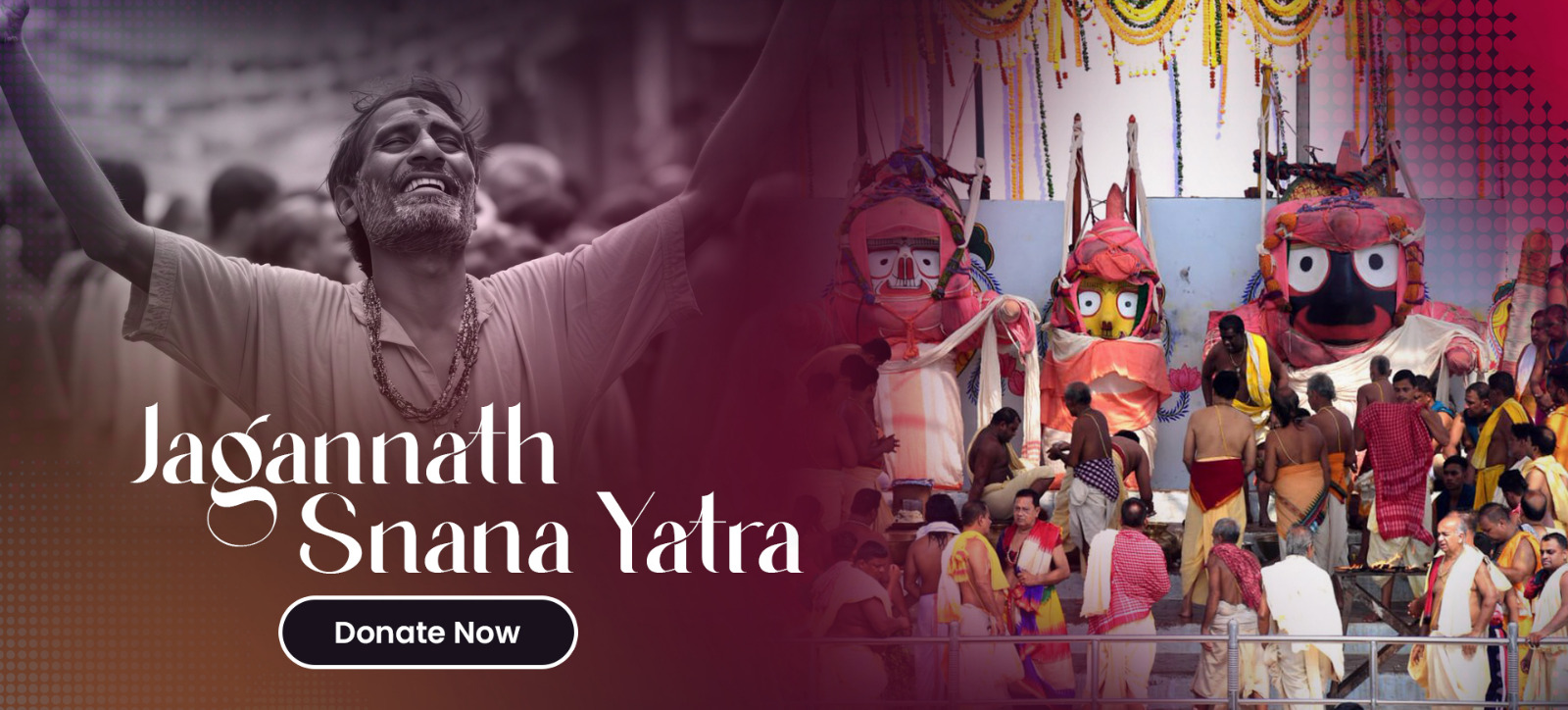Snana Yatra of Lord Jagannath
The Snana Yatra, also known as Devasnana Purnima, is a grand bathing festival held at the Jagannath Temple in Puri, India. It is celebrated on the full moon day of the Jyeshtha month, usually in June or July. This year, Snana Yatra will be observed on June 11, 2025. It is considered the appearance day of Lord Jagannath, the temple’s presiding deity. This historic tradition, believed to have been started by King Indradyumna the temple’s legendary founder, is one of the oldest continuously celebrated festivals in Puri.
History and Significance of Snan Yatra

History and Significance of Snan Yatra
Snana Yatra is a 15-day festival celebrated annually in the month of Ashadha (June–July). This sacred event centers around the ceremonial bathing of the primary deities of the Jagannath Temple: Jagannath, Balabhadra, and Subhadra. Originating in the 12th century, Snana Yatra holds significant importance in the Hindu calendar. More than just a festival, it represents a profound spiritual journey for devotees. The ritualistic bathing of the deities symbolizes the purification of the soul and the renewal of spiritual energy. Participation in this festival is also believed to confer “punya,” or spiritual merit, enhancing the spiritual well-being of those involved.Choose your SEVA
Your support can help us serve thousands of hungry souls across Delhi with hot, nutritious, and sanctified meals. Be a part of this divine mission donate today and spread the warmth of compassion.
The Rituals Unfold
Snana Yatra is not just a one-day celebration; it is a carefully observed, multi-day festival. Here’s a glimpse into its key rituals:
The Sacred Bathing Ceremony
On the day of Snana Yatra, 108 pots of sanctified water are drawn from the sacred Sunakuan well. Devotees fill each pot with great care and purity. The deities are then bathed in this holy water amidst devotional chants and festive joy. They are also adorned in unique elephant attire, a tradition said to have originated from the legend of Ganapati Bhatta.
Pahandi Vijay
On the eve of Snana Yatra, a grand procession called Pahandi Vijay takes place. The deities are ceremoniously brought from the temple’s inner sanctum to the Snana Mandapa, a special bathing platform accompanied by chanting, devotional music, and rhythmic drumbeats.
An Interlude and Renewal
After the sacred bath, the deities are believed to fall ill. They are moved to a private chamber called Ratan Bedi and remain hidden from public view for 15 days. This phase, known as Anasara, symbolizes rest and spiritual renewal. Witnessing the deities on Snana Yatra is believed to cleanse one of all sins.
Frequently Asked Questions.
Essential FAQs About ISKCON Kurukshetra: Your Trusted Spiritual and Humanitarian Partner





